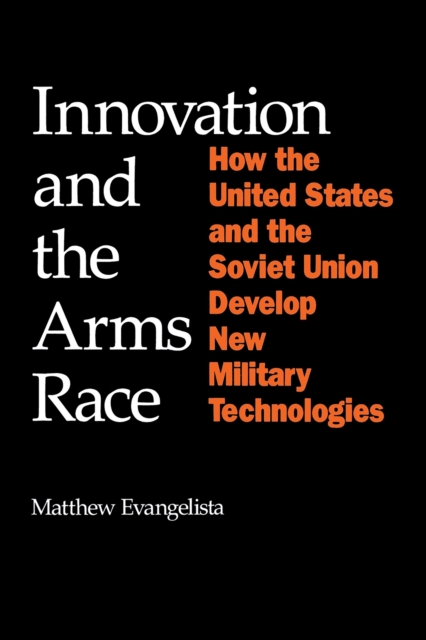
Innovation and the Arms Race : How the United States and the Soviet Union Develop New Military Technologies PDF
by Matthew Evangelista
Part of the Cornell Studies in Security Affairs series
Description
Innovation and the Arms Race investigates the causes and mechanisms of the "technological arms race" between the United States and the Soviet Union. Challenging the commonly held notion that Soviet weapons innovation processes simply mirror those of the United States, Matthew Evangelista shows that the United States usually leads in introducing new military technology, while the Soviets typically react to American initiatives.
Evangelista bases his study of pivotal nuclear weapons development decisions on a variety of US and USSR primary sources, including the memoirs of weapons designers and scientists, declassified intelligence analyses, Soviet Academy of Science documents, and Nikita Khruschev's taped reminiscences. He finds that in the United States, impetus for innovation comes "from the bottom" at the initiative of corporate or government researchers and military officials, whereas the centralized Soviet system produces innovations "from the top" in response to foreign developments. A revelatory analysis of US military policy, Soviet-American relations, and weaponry development, Innovation and the Arms Race bears lessons for the study of great power competition and military innovation today.
Information
-
Download - Immediately Available
- Format:PDF
- Pages:320 pages
- Publisher:Cornell University Press
- Publication Date:15/08/2023
- Category:
- ISBN:9781501734304
Information
-
Download - Immediately Available
- Format:PDF
- Pages:320 pages
- Publisher:Cornell University Press
- Publication Date:15/08/2023
- Category:
- ISBN:9781501734304










